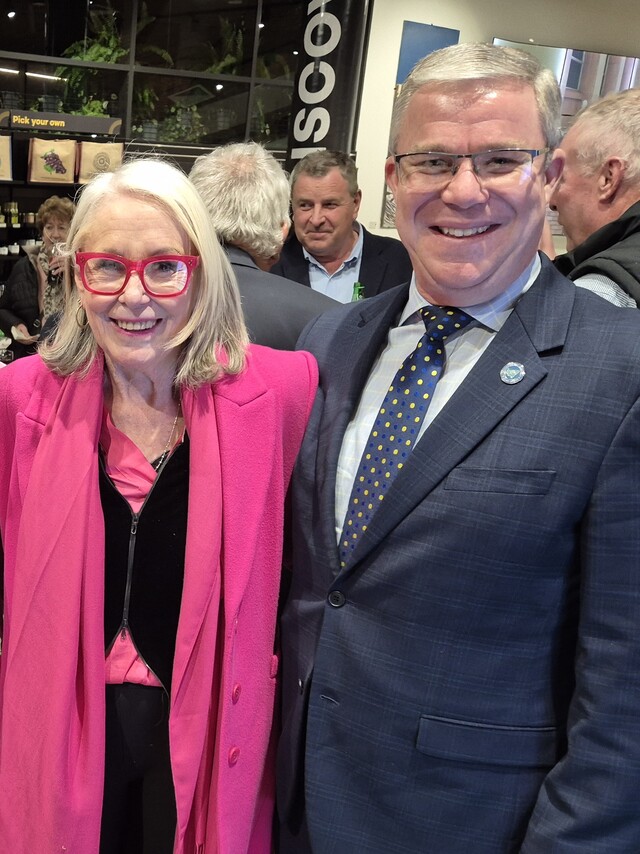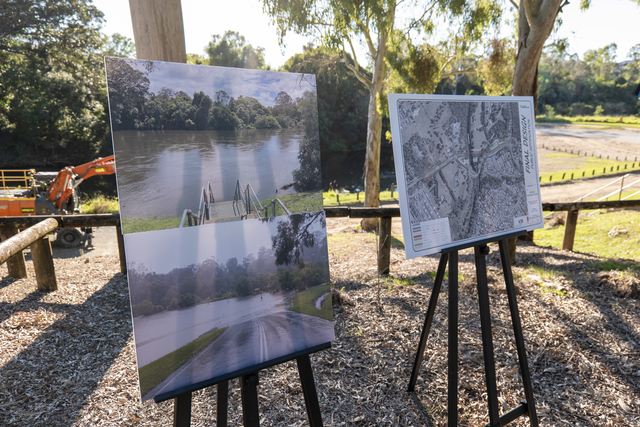With London one of many cities predicted to go underwater as a result of melting ice caps, Council has laid down the challenge of cutting its carbon emissions by 60 per cent by 2025.
Some 75 per cent of the world’s carbon emissions come from cities, and yet cities are some of the places most at risk from climate change, due to majority being built on rivers or tidal plains.
In 2007 then Mayor of London, Ken Livingstone, releascd his Climate Change Action Plan setting out how Greater London (the City of London and the 32 London boroughs) would achieve this ambitious target, which is 25 years ahead of the United Kingdom’s national target, and 25 years ahead of anywhere else in the world.
The single biggest barrier to reducing London’s carbon emissions is the way in which energy supplied to homes and offices is produced and distributed. Centralised electricity generation, whether through coal, oil, gas or nuclear power stations, is inherently inefficient, wasting two thirds or more of its original energy input in the form of expelled heat. Further losses occur in the process of distributing electricity from rural power stations to the towns and cities where it is mostly consumed.
The top priority for reducing carbon emissions is to move as much of Greater London as possible away from reliance on the national grid and on to local, lower carbon energy supply. This ‘decentralised’ energy includes combined cooling heat and power (CCHP), energy from waste and onsite renewable energy, such as solar panels.
The Greater London Authority has established a Climate Change Agency to assist with delivery of the Action Plan, and has appointed Engineer, Allan Jones, to head up the unit.
Formerly Manager of Energy Services at Woking Borough Council in the southeast of England, Allan set up a total of
80 combined heat and power (CHP) units in Woking, enabling the town to produce 80 per cent of its own energy, and leading to a 77 per cent reduction in carbon emissions.
Cogeneration or CHP is the simultaneous production of electricity and heat using a single fuel, such as natural gas. The heat produced from the electricity generating process is captured and used to produce high and low level steam. The steam can then be used as a heat source for both industrial and domestic purposes close to the station, or piped to nearby buildings and houses for heating purposes.
Through using CHP systems, Woking is now able to supply its residents with energy for nine pence per kilowatt hour, as opposed to the ten pence they would for energy from the national grid.
In an interview broadcast recently on ABC TV’s Catalyst program, Allan Jones said centralised power stations generate electricity and throw the heat away, while gas companies provide gas for people’s boilers.
“It’s a double whammy,” he said. “Not only are they throwing energy away, they are using another lot of energy to do something that could have been done from the waste heat. It’s just a complete waste of energy and the primary cause of climate change.”
Now, Allan has been asked to repeat what he did for Woking in Greater London – an area 75 times its size. He has already established a number of off the grid CHP units which are supplying electricity and district heating to residents, local businesses and civic buildings in southwest London.
London is now also home to a trigeneration unit.
The unit is a combined heat and power like the CHP, but also converts heat into cold water to run a building’s air conditioning.
Allan has set a target of having at least one zero carbon
development in each of London’s 32 boroughs by 2010 to coincide with a 20 per cent reduction of Greater London’s CO2 emissions. This target will also generate 665 gigawatts of electricity and 280 gigawatts of heat from up to 40,000 renewable energy schemes, enough to power 100,000 London homes and heat 10,000 homes.
To achieve this, London is also looking at the possibility of turning organic waste into biogas to feed into the CHP units, starting in 2009.
If all the organic waste in London was converted to biogas and fed into the units, there would be enough to power two million, and heat up to 625,000 homes.
“If the cities all do the same things as London, that’s how we could tackle climate change,” Allan Jones said. “While national governments are still talking about it, cities can get on and do it.”
For further information visit www.london.gov.uk







